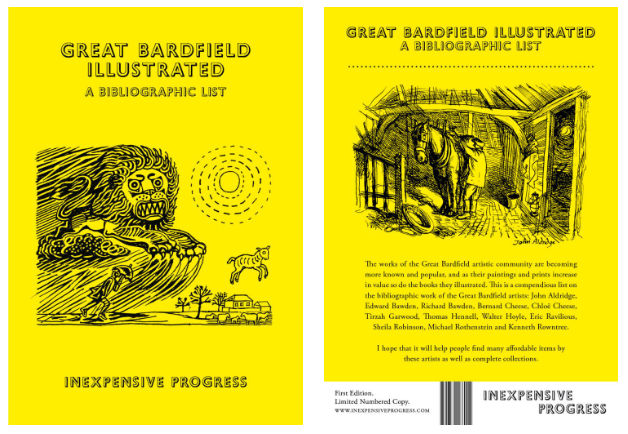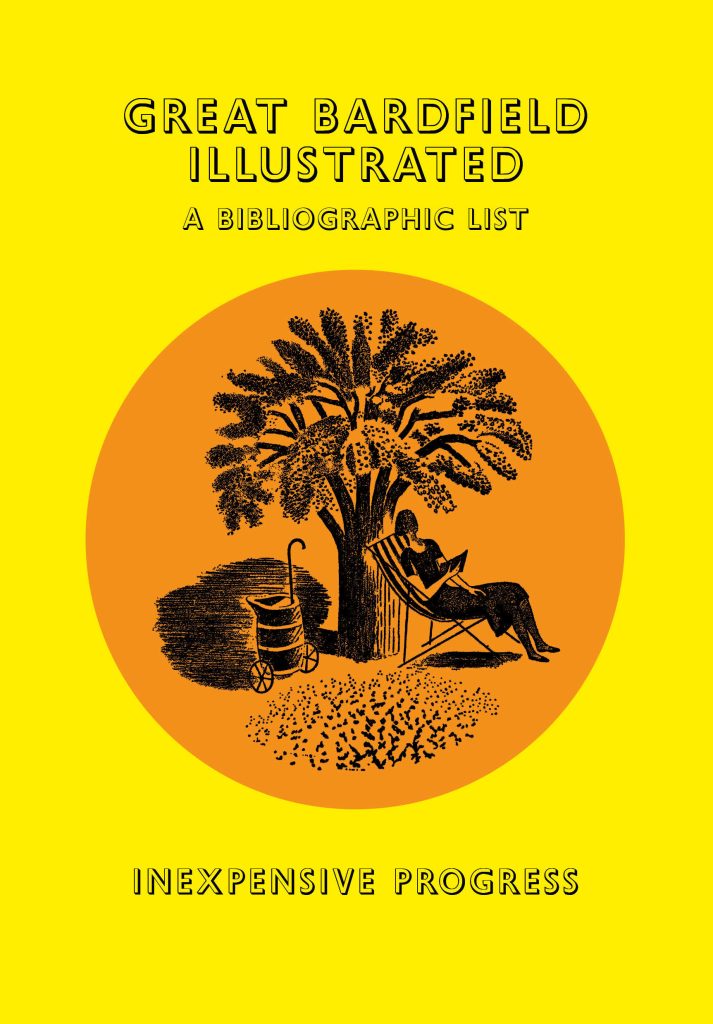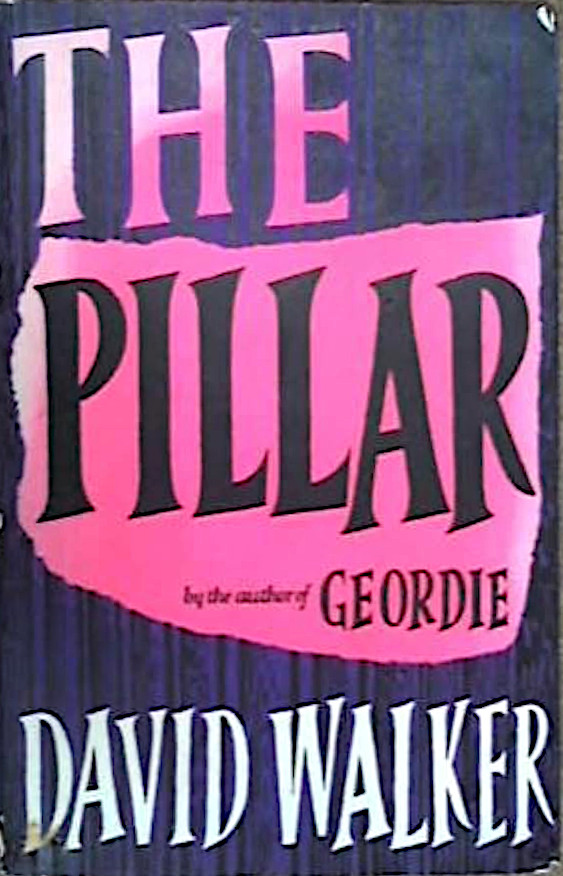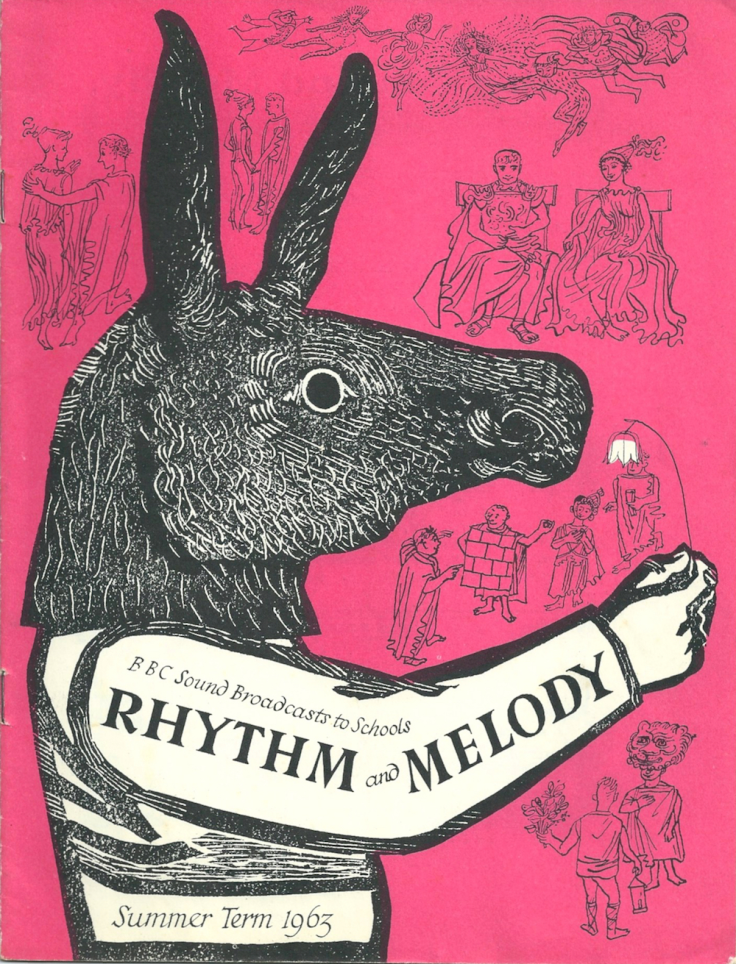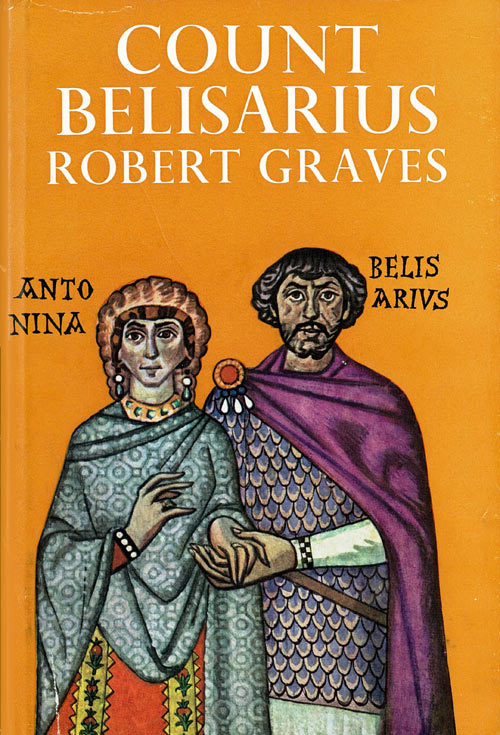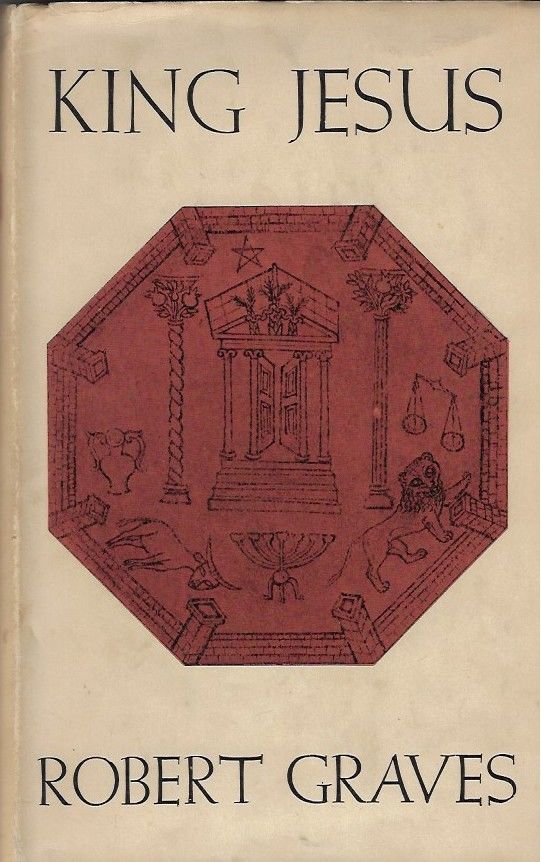Great Bardfield Illustrated
204 page Paperback.
Due to the large demand of this volume I am doing a second edition, as it sold out in three weeks.
Sold out
Not sold on Amazon
This is my new book, a bibliographic list of works by the Great Bardfield Artists. As is found with many other artists, as the paintings and prints become more valuable, the ephemera around the artists do too. This is a compendious list on the bibliographic work of the artists: John Aldridge, Edward Bawden, Richard Bawden, Bernard Cheese, Chloë Cheese, Tirzah Garwood, Thomas Hennell, Walter Hoyle, Eric Ravilious, Sheila Robinson, Michael Rothenstein and Kenneth Rowntree.
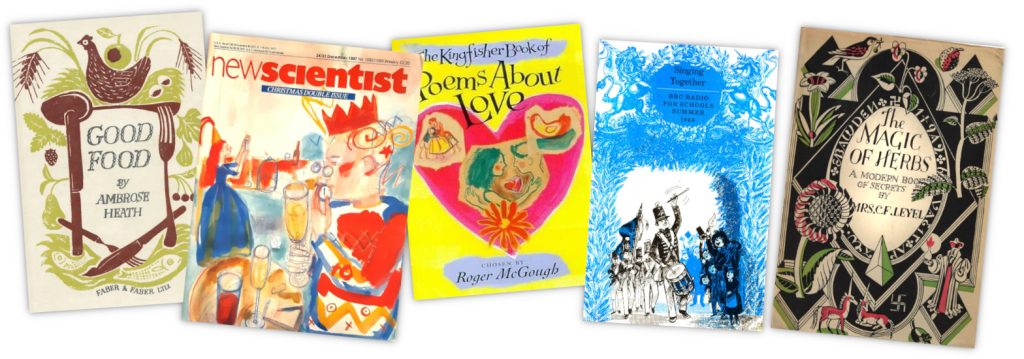
Some of these artists did a lot of illustration, others did less. But it is as detailed as I could make it and I think that it will will help people find many affordable items by these artists as well as complete collections.
The art of illustration for most artists is a way to play in a style of their own on different tasks. Many artists find their first works are under tighter regulations from the publishers, but as fame and success find them, publishers normally give the artists a freer hand over the design.
This is seen with these two examples from Sheila Robinson: the left is an early job, The Pillar by David Walker – a design likely set by the designer on the project. The book on the right Rhythm & Melody, was for the BBC – who left the design up to the artists with the brief to make it exciting for children to look at, normally with black and white illustrations a few bits of colour.
Edward Bawden, as you’d expect had his own style and quickly was given a free hand in how to illustrate a project. The book below is the BBC Year Book (1947), the dust jacket features broadcasting house and artistic fairies. The books content is actually rather dull, and the fact it is so collectable today does show that the cover of a book can change things. In fact, if a book has it’s dust jacket the value is normally double, if not more.
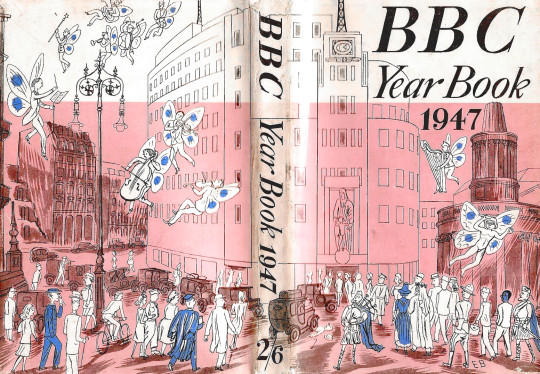
The illustrations of Thomas Hennell are rather different as he had only one style and was trained as a painter and not an illustrator. As he died in World War Two, like Ravilious, the books have been a blessing to collectors of his work, providing many illustrations available to buy.

Like Hennell, John Aldridge had no training in illustration, but his painting style was self taught and he had a natural talent to turn his hand to many styles. The works he made however were unlike his traditional paintings and show a different side of him, while he was working the inhouse illustrator for his friend Robert Graves.
